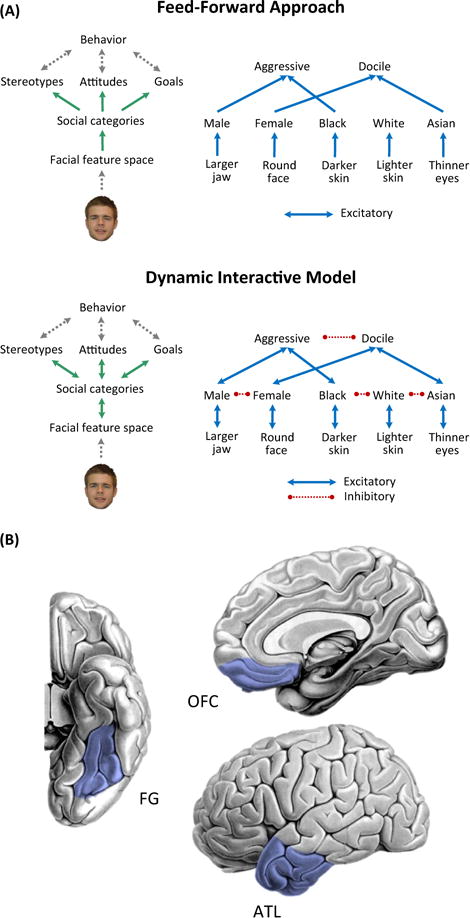Figure 1 Key Figure. Dynamic Interactive (DI) Model of Social Perception.

(A) A feed-forward approach to social perception (top) assumes that the face of a target is visually encoded by some feature space or set of feature detectors, which thereafter activates related social categories. Those categories then automatically activate related stereotypes, attitudes, and goals, which affect and may be affected by high-level behavior. The dynamic interactive (DI) model [4] (bottom), posits additional feedback influences inherent to the system, wherein stereotypes, attitudes, and goals constrain and inform category activation and featural representation. In contrast to the feed-forward approach, the DI model predicts that category activation (e.g., male) and featural representation (e.g., larger jaw) are impacted not only by lower-level visual processing but also by activated stereotypes (e.g., aggressive) in a top-down fashion. Featural representation is simplified for illustration; feature spaces using pixel-based models or computational models of ventral-visual processing may also be implemented. Permission to use the sample face image was obtained [86]. (B)Aneural network for flexible split-second social perception, including the fusiform gyrus (FG), orbitofrontal cortex(OFC), and anteriortemporal lobe (ATL). The FG is involved in visual processing of faces, and the ATL retrieves social-conceptual associations related to perceived characteristics such as social categories (e.g., stereotypes, person-knowledge). Such social-conceptual information may then be used by the OFC to implement top-down visual predictions that modulate FG representations of faces in line with those predictions. This network supports rapid and flexible integration of bottom-up facial cues and higher-order social cognitive processes.
